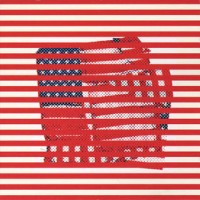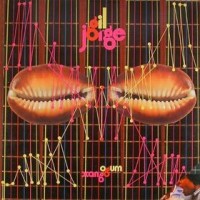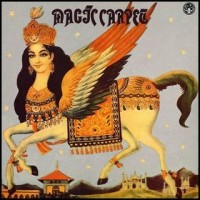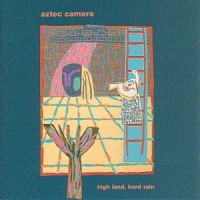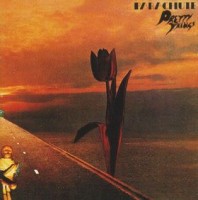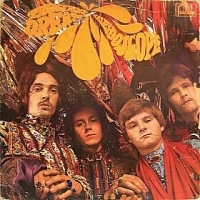
Kaleidoscope’s Tangerine Dream is just about the most perfect example of fairy tale psychedelia. A technicolor gem produced at the exact moment British psychedelia went for a full on overkill of whimsy. Silly tweeness abounds, in fact the childlike lyricism is exclusively of the strawberry monkeys / candy forests variety. It’s up to you to decide if that’s a realm you’d be interested in visiting. If you are, you’ll stumble upon one of the prettiest records of the 60’s, one filled with exceedingly well written pop songs and some mildly medieval-esque balladry. It’s been quite some time since I’ve found such a scrumptious album, such delicious, cuddly cuteness.
Kaleidoscope themselves (not to be confused with the American Kaleidoscope) were quite the talented band, with their flair for composition and execution making the songs positively sparkle. Peter Daltrey’s sweet voice, Eddie Pumer’s exquisite guitars and the many little details sprayed across all shine. The band’s first single, “Flight From Ashiya” is the skyscraping tale of a doomed flight where “Captain Simpson seems to be in a daze, one minute high and the next minute low, nobody knows where we are”; “Sky Children” and its dragons, candy forests or porcupine captains add another candy coated layer to the cake, “In the Room of Percussion” recalls a Byrds’ rumination, albeit with the unByrdslike line of “My God, the spiders are everywhere”. “The Murder of Lewis Tollani” brings darker subject matter afloat and a trippy post chorus bit, “Please Excuse My Face” is both minimal and adorable. Plus the opener “Kaleidoscope”, with its precious harmonies and playful keys could be British psych’s theme song. Truly a treat. —Johnny




